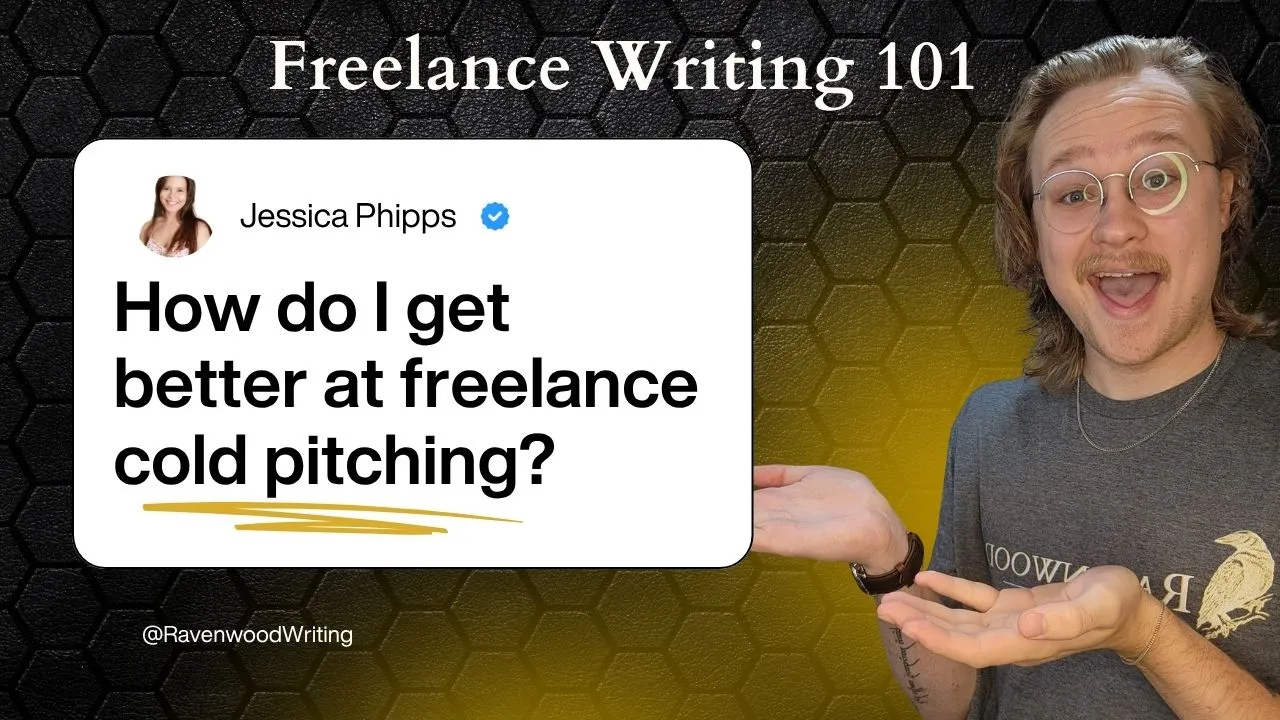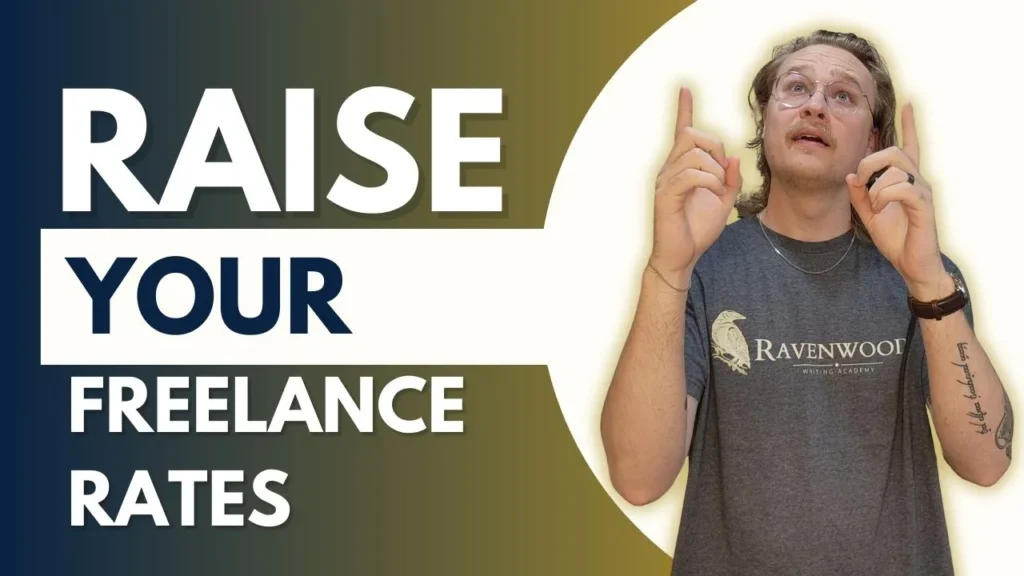If you’ve been freelancing for any length of time, you’ve surely heard the advice, “Just put yourself out there.”
Which is great… until you realize that “out there” often means cold pitching. Reaching out to people who have no idea who you are and asking if they want to work together sucks.
Not my idea of fun. I’m sure it’s not yours either.
That said, cold pitching is often a necessary evil if you’re a new freelance writer or just need to fill space on your calendar. Eventually, you can start getting most of your work from referrals.
But until you get there, outreach is key.
Cold pitching takes time, research, and lots of mental fortitude. If done right, it can give you control over your client pipeline and your business.
So, what does “right” look like?
1. Shift Your Mindset
There’s a big misconception about cold pitching. Most people think it means sending a hundred emails to a list they scraped up and hoping for the best.
It’s not.
Cold outreach also isn’t about closing a deal. If you lead off asking for a job, you’re going to be turned down 99.9% of the time. If a client was that desperate for a writer, they would have already been looking for someone. The chances of your email finding them at the exact right moment (without some sort of indication that they want to hear from you) is basically zero.
Successful cold pitching is about curiosity.
Your goal isn’t to land a job, but to get a client hooked and ready to hear more. If you can do that, your prospects are far more likely to respond.
2. Build a Shortlist
“Traffic Secrets” by marketing expert Russel Brunson is a fantastic book that I recommend every entrepreneur read. In it, Brunson suggests making a Dream 100 list. That’s one hundred clients you would LOVE to work with—no matter how realistic.
From there, you’re able to craft a more targeted pitch that’s focused on the specific pain points your ideal clients are experiencing.
If 100 is intimidating, start small. A shortlist of 25-50 companies is better than a database of 500 random ones.
You should also prioritize companies that are ready and able to hire a freelance writer to create their content. I recommend looking for green flags like:
- Regularly sharing success stories or thought leadership
- Recently launched a product, secured funding, or hit a major milestone
- Active publishing on LinkedIn or industry blogs
3. Do a Micro-Audit
Before you reach out, you have to do your homework. People can smell an unprepared pitch from a mile away, and it’s a shortcut to the spam folder.
Spend some time looking at their website, blog, LinkedIn page, and even sales decks if they’re public.
Find one specific gap where your work could help. Maybe they have great testimonials but no case studies. Maybe they recently announced a company win but haven’t shared the story beyond their website.
Leading with an observation tailored to their business helps you stand out from the thousands of “I’m a freelance writer, hire me,” messages clients see every day.
4. Write a Personal Message
Remember, the goal isn’t to sell here. Your message is about driving curiosity and getting the person on the other end to read it to the end and take action (reply).
I’ve found in my years of doing cold outreach that the simple formula of Insight + Invitation works best.
- Insight: Reference something specific you’ve noticed about their work, achievement, or challenge.
- Invitation: Offer to show them what a solution could look like, with no strings attached.
This structure shifts the focus away from selling your services toward giving the client a reason to continue the conversation.
Example: “I noticed you helped [Client] achieve [Result], but I couldn’t find a public story about it. Would you be interested in showing other customers how your solution delivers results like this? This type of story is one of the hottest tools in marketing right now. If you’re curious, I’d be happy to mock up a quick outline. No pressure!”
5. Deliver Value Upfront
One of the fastest ways to build trust with a stranger is to give them something useful before they pay you a dime.
It could be a simple story outline or a short list of content ideas. It could be a quick video message offering a professional critique of their existing materials. Or you can go deeper and create a custom piece of content that shows how you can solve their problem.
When you do this without expectation, it creates immediate goodwill. It also demonstrates your expertise far better than any resume or writing sample ever can.
It also lets you leverage the principle of reciprocity (a proven psychological trigger). When you give freely, others are naturally inclined to give back. Sometimes that can be in the form of a paid project.
6. Follow Up (More Than Once)
I cannot stress this enough. Most deals don’t happen from the first cold outreach message. In fact, I’ve landed the vast majority of my jobs from the second or even third follow-up.
Be sure to reconnect after about a week. Keep your messages friendly, light, and reference something new if possible. A recent update can catch their eye.
If they don’t respond after two or three tries, move on gracefully.
Play the Long Game
Cold pitching won’t transform your client list overnight. I’m sorry to say it.
Over time, though, a strategic approach will yield a network of warm connections and paying clients. All from one thoughtful pitch. When you’re ready to start sending better cold pitches, head on over to the website and grab our FREE Cold Pitch Quick Reference Checklist to stay on track.


